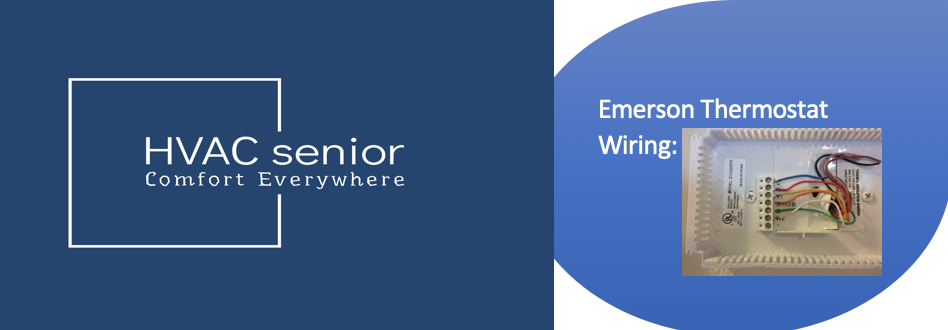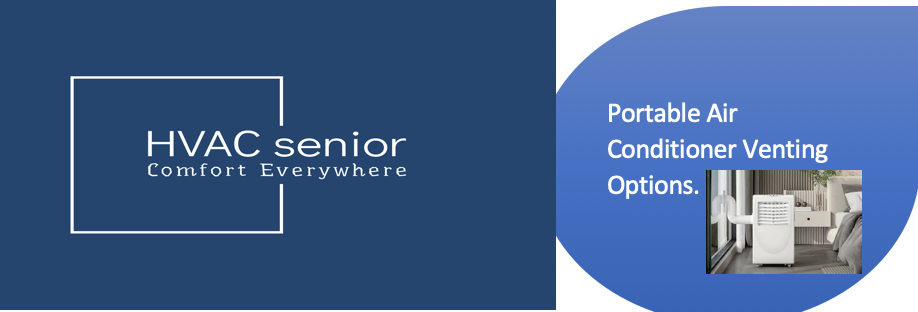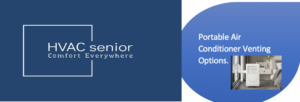When your air conditioner compressor is running but not cooling the home, it’s one of the most frustrating HVAC problems — especially in the middle of a heatwave. You can hear the unit humming, the fan blowing, and the system sounds like it’s operating, but the air coming out of the vents isn’t cold.
This problem is the reason your AC compressor is running but not cooling. Understanding what’s happening — and how to fix it — can save you from costly repairs and have your system cooling effectively again in no time.
In this article, we’ll cover the top reasons your AC compressor is running but not cooling, how to diagnose them, and when to call in the professionals.
How the AC Compressor Functions
The compressor is often called the “heart” of your air conditioning system. It is responsible for compressing and circulating refrigerant through the system. Here’s how the cooling process works:
- The compressor compresses the refrigerant gas, which raises its pressure and temperature.
- The hot, high-pressure gas moves to the condenser coils in the outdoor unit, where it gives off heat and turns into a liquid.
- The refrigerant then flows indoors to the evaporator coil, where it absorbs heat from inside air.
- The cooled air is then blown into your home through the air ducts.
If the compressor runs but you’re not getting cool air, the issue lies somewhere in this process — usually involving refrigerant flow, airflow restriction, or heat exchange.
Common Reasons Why the AC Compressor Is Working but Not Cooling
1. Low Refrigerant or Leak
Low refrigerant is an extremely common cause of an AC not cooling when the compressor is running.
Refrigerant is the fluid that absorbs and releases heat. If the level becomes low due to a leak, the system can’t effectively remove heat from your indoor air.
Symptoms of Low Refrigerant
- Hissing or bubbling noises near the outdoor unit.
- Ice on refrigerant lines or the evaporator coil.
- Weak or warm airflow from vents.
- The AC is running continuously but not cooling effectively.
Solution:
Let a certified HVAC technician locate and repair the leak, then recharge the system with the correct amount of refrigerant. Supplementing refrigerant without sealing the leak is a short-term solution.
2. Dirty Condenser Coils
Your outdoor unit’s condenser coils are tasked with dispersing heat. When those coils are dirty, covered in dirt, dust, or debris, heat can’t be dispersed as it should — and the refrigerant remains too hot.
Your AC won’t be able to cool properly, even if the compressor is operating.
Signs of Dirty Coils
- The outdoor unit is extremely hot to the touch.
- Poor cooling performance.
- Increased electricity bills.
- The compressor operates for longer than usual.
Solution:
Turn off power to the unit and clean the coils with a soft brush or garden hose. Avoid using high pressure water, as it will damage the fins. Cleaning the coil once or twice a year regularly improves cooling and efficiency.
3. Blocked Air Filter
A dirty or blocked air filter restricts airflow into the system. If there is not enough air flowing over the evaporator coil, the refrigerant will not be able to absorb heat properly.
Thus, your compressor might keep running, yet no cold air would come through the vents.
Symptoms of a Clogged Filter
- Poor airflow.
- Ice on the indoor coil.
- The AC short cycles or runs continuously.
Solution:
Check your air filter monthly and replace it every 1–3 months, depending on your environment. Clean filters help your system breathe and cool properly.
4. Blocked or Dirty Evaporator Coil
Your indoor air handler houses the evaporator coil, where refrigerant draws heat from your home’s air. Over time, it can become clogged with dust, mold, or pet hair, which slows down heat absorption.
Even with a good working compressor, a dirty coil can disrupt your system’s ability to cool.
Solution:
Turn off your AC and open the indoor unit to inspect the coil. If it’s dusty or frosted, allow it to defrost, then wipe it gently using a soft brush or coil cleaner. If there’s a heavy accumulation, contact an HVAC technician.
5. Faulty or Stuck Expansion Valve
Expansion valve (or metering device) controls how much refrigerant goes into the evaporator coil. If it’s clogged, stuck, or malfunctioning, refrigerant flow is irregular — leading to warm air and reduced cooling.
Solution:
Expansion valves require professional diagnosis and replacement. Don’t attempt this yourself, as it involves refrigerant pressure.
6. Electrical or Capacitor Issues
The compressor may hum but not cool when an electrical component — such as a capacitor or contactor — isn’t working properly. These components help start and regulate the compressor and fan motors.
When a capacitor is weak, the compressor might operate irregularly or fail to build up to full power, resulting in poor cooling.
To correct the issue:
Have a technician test and replace faulty capacitors or relays. Always disconnect power before examining electrical components.
7. Blockage of Airflow Around the Outdoor Unit
If your condenser unit is surrounded by plants, furniture, or garbage, airflow is obstructed. Without ventilation, the unit can’t vent heat — so even if the compressor runs, heat builds up in the system.
Solution:
Ensure 2–3 feet of clearance around your outdoor AC unit. Trim plants, clear leaves, and hose off dirt buildup for proper airflow.
8. Thermostat Problems
Sometimes the issue is not with the compressor but with your thermostat setting or sensor.
If the thermostat is not calibrated correctly, in the wrong mode, or reading the wrong temperature, your AC might malfunction.
Solution:
- Ensure the thermostat is set to “Cool” mode.
- Ensure the fan setting is on “Auto” (not “On”).
- Replace batteries if needed.
- Relocate the thermostat if it’s near a heat source or in direct sunlight.
9. Leaking Air Ducts
If your air ducts have leaks, holes, or loose connections, much of your cooled air may be escaping en route to your rooms. This will cause the AC to seem not cooling, when actually the compressor is doing its job.
Solution:
Inspect ducts in basements or attics for visible leaks. Seal small leaks with HVAC tape, or have a professional apply duct sealing.
10. Failing Compressor
If none of the above issues apply, your compressor itself is failing. Compressors can run but cannot produce enough pressure to effectively circulate refrigerant.
Symptoms of compressor issues are:
- Clicking or humming noises.
- Reduced cooling with longer run times.
- Tripped circuit breakers.
Solution:
A failing compressor must be replaced by a professional and may require replacement of the entire outdoor unit depending on system age.
Also read: Air Conditioner Making Pulsating Noise
How to Troubleshoot the Problem
You can perform some safe tests yourself prior to calling a technician:
- Check the thermostat – Make sure that it is on “Cool” and a temperature lower than room temperature.
- Check the air filter – If it’s dirty, replace it.
- Clean around the outdoor unit – Remove debris and obstructions to allow good airflow.
- Listen for unusual noises – Buzzing or hissing noises may indicate refrigerant or electrical issues.
- Check for ice buildup – Turn off the system and let it defrost prior to restarting.
If the issue persists, let a professional HVAC technician perform diagnostics on refrigerant levels, electrical components, and pressure levels.
Preventive Maintenance Tips
To keep your AC compressor running but not cooling from happening, make the following maintenance habits:
- Clean or replace air filters every month.
- Get your AC maintained every year before summer.
- Clean condenser coils and evaporator coils every now and then.
- Inspect refrigerant lines for damaged insulation.
- Ensure proper airflow by having ducts and vents blocked.
- Outdoor units need to be clear of any obstructions.
Regular maintenance not only ensures efficient cooling, it also extends the life of your compressor and reduces energy bills.
When to Call a Professional
You should call an HVAC technician if:
- The compressor is running nonstop but there is no cold air output.
- You notice ice buildup or refrigerant leaks.
- The breaker keeps tripping.
- You hear unusual noises from the outdoor unit.
- Cleaning and replacing filters don’t help.
A technician can use tools like pressure gauges, multimeters, and refrigerant leak detectors to diagnose and fix the problem correctly.
Conclusion
Don’t ignore the symptoms if your AC compressor is running but not cooling. The problem might be something simple like a dirty filter — or something as potentially hazardous as a refrigerant leak or failing compressor.
Start with basic maintenance inspections, such as cleaning coils, changing filters, and inspecting ducts. If cooling doesn’t improve, summon a qualified technician to get your system thoroughly inspected.
Proper maintenance and timely repairs not only restore cooling capacity but also improve energy efficiency, reduce electricity bills, and prolong the life of your AC system.









